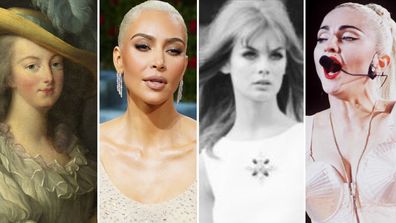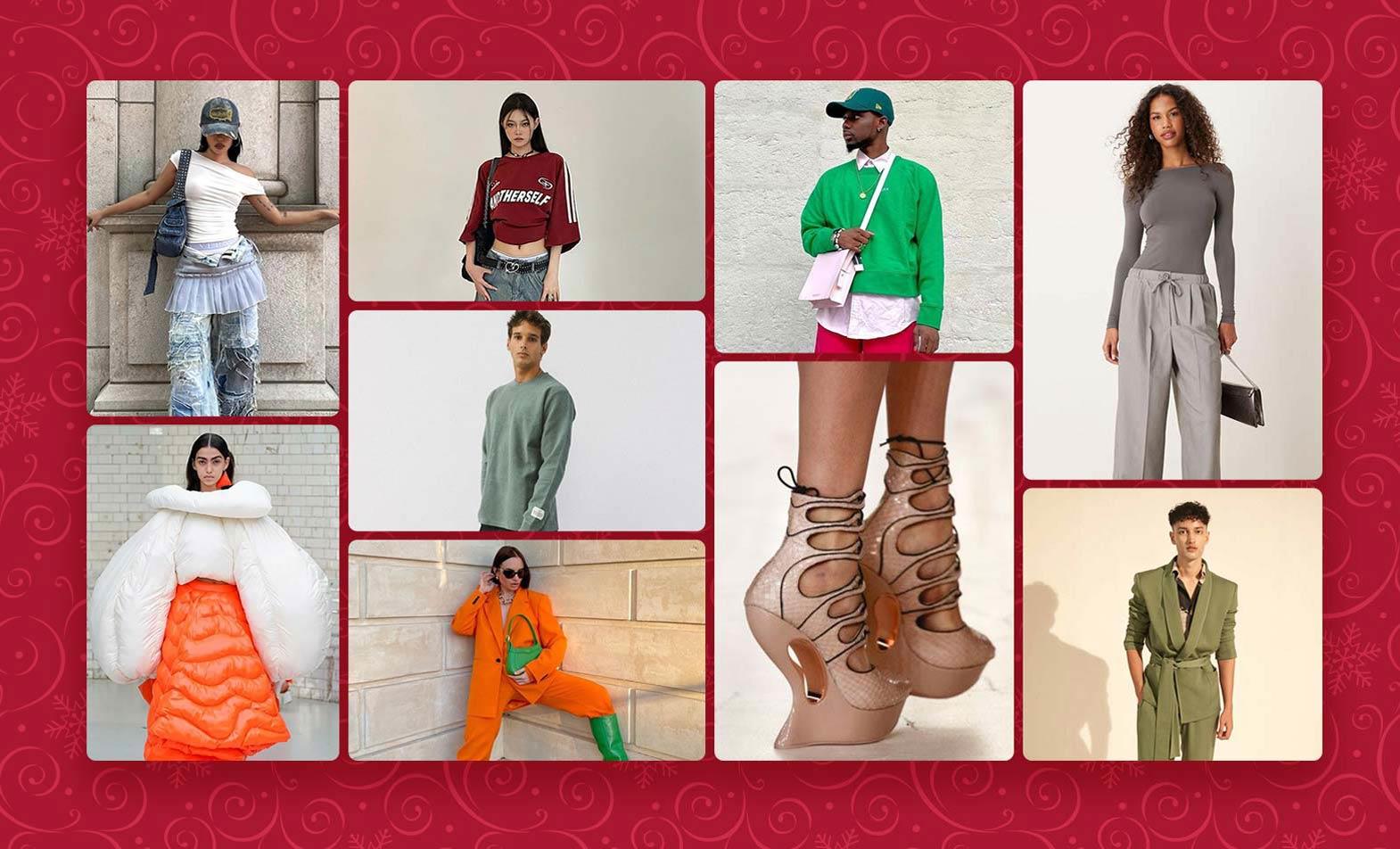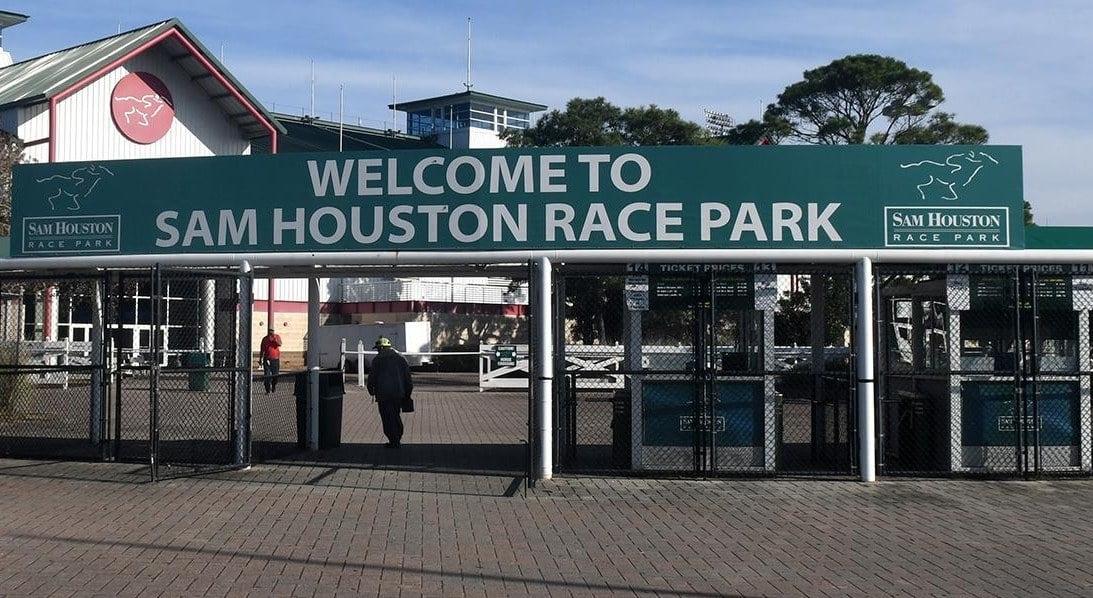Fashion
The unexpected ways the cost of living crisis is changing our style

It is no secret Australia and the rest of the world is experiencing a cost-of-living crisis, though some of us may not have noticed the impact it’s having on our fashion and style choices.
Historically, the state of the stock market and financial systems has influenced fashion trends, and we are starting to see the return of what’s nicknamed “recession-core”, or “recession dressing”.
In times when basic expenses become dispensable, vibrant and extravagant styles fall out of favour in exchange for more conservative options.
READ MORE: The cult beauty products Aussies have waited 10 years to buy in store
Even though today’s style scene cycles through at unprecedented speed, economic hardship still impacts consumer habits.
Here are the fashion trends that are reflecting an impending recession:
Skirt lengths
The Hemline Index is a long-held theory about the length of skirts and dresses reflecting financial upheaval, but it can sometimes be inconsistent.
Generally speaking, the theory implies that in times of recession, hemlines drop down and then rise when the economy improves.
READ MORE: A look back at Katy Perry’s incredible – and colourful – style evolution

This was first noted in the 1920s when hemlines dramatically dropped with the Great Depression and stayed long throughout the wartime boom.
Eventually, skirt lengths shrunk and shrunk until Christian Dior predicted a new economic hardship.
When Dior created his first collection, Spring-Summer 1947, he was hailed as revolutionary, changing the course of fashion for decades to come.
It was named The New Look and featured elegant, lengthy silhouettes timed perfectly with the 1949 recession.
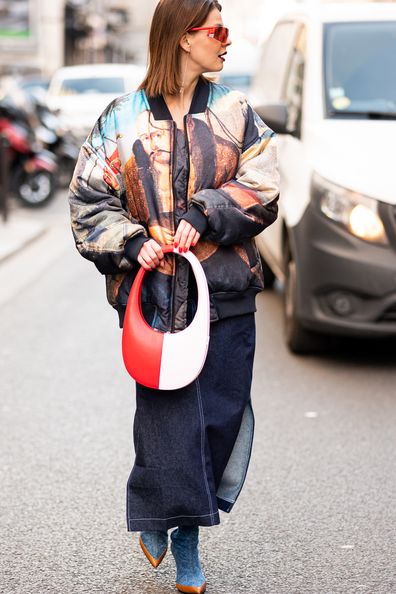
The skirt lengths went up in the swinging ’60s when the economy was booming and lowered again after the stock market crash in 1987.
Tellingly, the maxi skirt has made a major comeback this year; you would be challenged to find a celebrity or clothing retailer yet to be swept up in the trend.
Minimalism
Kennedy Fraser coined the term “Recession Dressing” in 1974, explaining minimalism is the expected reaction to the economic downturn.
Minimalism applies to the colour, cut, and print of clothing, which tends to become more simple and basic.
READ MORE: How Meghan Markle’s fashion has evolved since her ‘royal exit’
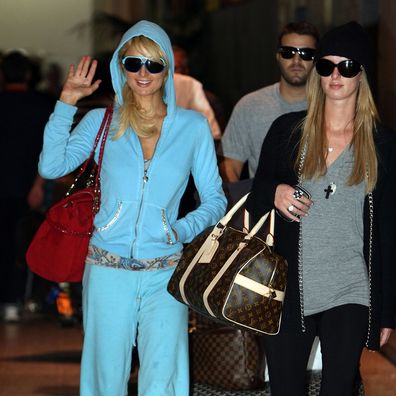
The early 2000s saw Paris Hilton and her posse of wealthy friends define a new era of girly maximalism. Think: Juicy Couture tracksuits, bedazzled trucker caps and “belt-size” skirts.
This style would come crashing down with the 2008 recession, replaced with crisp white T-shirts and simple jean combinations.
Recently, neutrals have been dominating the retail scene, and many fashion brands are opting for more muted, subdued hues in their clothing.
This trend is also reflected in the rise of unisex dressing and flowy clothing.
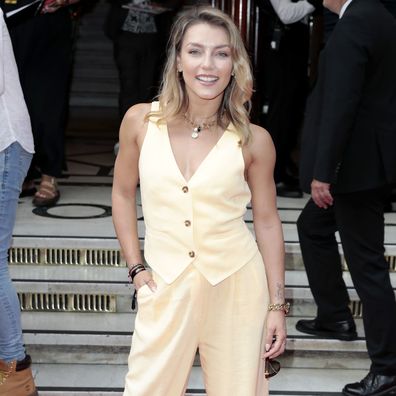
Instead of body shapes being clearly defined, we are seeing the opposite trend.
Wide-legged pants and oversized styles have historically become a popular response when shoppers aren’t as flush.
Simple accessories
Where accessorising is concerned, flamboyancy, glitz and glamour have slipped into the background.
Notably, the world’s stars have ditched maximalist jewellery, and eagle-eyed fans have noticed necklaces disappearing from red carpets.

READ MORE: How to master the It-sneaker trend like an off-duty model
Gone are the days of enormous diamond necklaces entering a room before their A-lister wearer does; instead, dainty “barely there” jewellery has come into favour.
The increased trends of “quiet luxury” or “stealth wealth” have also become increasingly popular as we spiral into a recession.
Instead of flashing wealth through expensive jewels, quality pieces have become the new go-to in accessorising.
This may be a simple reaction to consumers’ inability to afford loud and extravagant accessories; either way, this trend is light on the wallet.
Thrifting
For decades, buying second-hand clothing, though at times essential, was not considered trendy.
Yet with the cost of living skyrocketing beyond comprehension, thrifting has now become a necessity for many.
These days, not only has op shopping become a popular weekend pastime – and, in some cases, a hobby – it has also become inaccessible to those who need it.
Buying second-hand clothing is now an expensive activity, with shoppers often competing over hidden gems that are occasionally re-sold to turn a profit.
READ MORE: 11 ways to wear a skivvy as a grown-up

As Aussies feel the pinch, they are more encouraged to buy second-hand. However, this time, they are up against re-sellers and wealthy shoppers who can afford to buy elsewhere.
Even though the trend of thrifting is a probable result of the declining economy, it is no longer as efficient as it used to be in providing affordable clothing to people in need.
As times of economic disarray prevail, it is inevitable more “recession dressing” trends will emerge.
Until then, we can enjoy the minimalist approach to fashion that continues to dominate the style scene.
FOLLOW US ON WHATSAPP HERE: Stay across all the latest in celebrity, lifestyle and opinion via our WhatsApp channel. No comments, no algorithm and nobody can see your private details.

